Understanding MIPI Cameras: Interface, Types, and Applications Explained

What is a MIPI Camera? A Complete Guide to MIPI CSI Interfaces and Embedded Imaging
- What is a MIPI Camera and How Does it Work?
- What are the Different Types of MIPI Camera Modules?
- What Are the Advantages of Using MIPI Cameras?
- How Do MIPI Cameras Fit in Embedded Vision Systems?
- What Are Some Popular Applications of MIPI Cameras?
What is a MIPI Camera and How Does it Work?
-
Understanding the MIPI Interface
A MIPI camera operates using the Mobile Industry Processor Interface (MIPI), which is a crucial protocol designed for high-speed data transmission between camera modules and host processors, showcasing how MIPI camera work is essential in modern imaging. The MIPI interface, particularly the MIPI CSI-2 (Camera Serial Interface 2) and MIPI CSI-3, offers a robust framework for connecting image sensors to a processor, ensuring efficient communication and control. The MIPI camera serial interface facilitates low-latency transmission and supports multiple lanes for data transfer, allowing for higher frame rates and reduced power consumption compared to alternative to MIPI solutions. By harnessing this advanced interface, MIPI cameras are capable of delivering high-quality imaging while maintaining energy efficiency, making them ideal for a wide range of applications, including those in the embedded camera market.
-
How MIPI Cameras Compare to USB Cameras
When discussing MIPI cameras vs USB cameras, it is essential to understand the fundamental differences between these two technologies. USB cameras typically utilize a USB interface, which, while versatile, can introduce latency and limitations in data transfer rates compared to MIPI cameras. MIPI cameras excel in high-speed data transmission due to their specialized design, making them particularly advantageous in scenarios requiring rapid image processing, such as machine vision applications. Furthermore, the camera module in MIPI systems is often more compact, enabling integration into smaller devices like smartphones and tablets, whereas USB cameras tend to be bulkier and less efficient in terms of power consumption.
-
Key Components of a MIPI Camera Module
A MIPI camera module consists of several key components that work in tandem to provide high-quality imaging capabilities. At the heart of the module is the image sensor, which captures light and converts it into electrical signals. This sensor communicates with the processor through the MIPI camera serial interface, allowing for real-time image processing. Additionally, the MIPI D-PHY layer plays a critical role in managing the electrical signals transmitted between the camera and the processor. Together, these components enable MIPI cameras to operate efficiently, achieving high frame rates and excellent image quality while consuming minimal power.
What are the Different Types of MIPI Camera Modules?
-
Exploring MIPI CSI-2 and MIPI CSI-3
MIPI CSI-2 and MIPI CSI-3 are two prominent types of MIPI camera modules, each tailored for specific applications. The MIPI CSI-2 interface supports a wide range of image sensors and is widely adopted in consumer electronics, including smartphones and tablets. It provides a flexible architecture that can be easily integrated into various systems. On the other hand, MIPI CSI-3 introduces enhancements in terms of speed and efficiency, allowing for higher data rates and improved signal integrity. This makes MIPI CSI-3 particularly suited for advanced applications such as augmented reality and autonomous vehicles, where rapid data transmission is crucial.
-
Applications of MIPI Camera Modules in Vision Systems
MIPI camera modules, often referred to as embedded cameras, play a vital role in a variety of vision systems, particularly in embedded vision applications. These cameras are integrated into devices ranging from smartphones to advanced driver assistance systems (ADAS), where they assist in object detection, facial recognition, and real-time image processing. The ability of MIPI cameras to transmit high-quality images at high speeds enhances the performance of these systems, making them indispensable in today’s technology-driven landscape. Furthermore, the compact design of MIPI camera modules enables their incorporation into smaller devices, expanding their applicability across various domains.
-
Differences Between MIPI and USB Camera Modules
While both MIPI and USB camera modules serve the fundamental purpose of capturing images, they differ significantly in their architecture and performance capabilities. MIPI cameras, leveraging the MIPI camera serial interface, offer superior speed and efficiency compared to their USB counterparts. In scenarios where latency reduction and transport efficiency are critical, MIPI cameras excel, delivering better frame rates and lower power consumption through the use of virtual channels. Conversely, USB cameras, though widely compatible, may struggle with higher data transfer demands, particularly in demanding applications such as machine vision or real-time imaging. This makes the choice between MIPI and USB contingent upon the specific requirements of the application at hand.
Comparison Aspect USB Camera MIPI Camera Interface Type Uses USB interface Uses MIPI (Mobile Industry Processor Interface) Data Transfer Speed Lower transfer speed, limited by USB standards Higher transfer speed, suitable for high-bandwidth image processing Application Scope Common in general devices like computers and consumer electronics Common in mobile and embedded systems, like smartphones Distance Limitation Supports longer data transfer distances Short transfer distances, typically closer to the processor Power Consumption Relatively higher Relatively lower, energy efficient Setup Difficulty Plug-and-play, easy setup More complex setup, requiring professional design Application Scenarios Suitable for simple, low-speed image applications Suitable for high-speed, high-resolution image processing
What Are the Advantages of Using MIPI Cameras?
-
High-Speed Data Transmission with MIPI D-PHY
One of the most significant advantages of MIPI cameras is their ability to achieve high-speed data transmission, primarily facilitated by the MIPI D-PHY layer. This layer is optimized for low-power and high-performance applications, allowing MIPI camera modules to transmit large volumes of data rapidly. This characteristic is particularly beneficial in applications such as video streaming, where high frame rates and minimal latency are essential for delivering seamless visuals. The efficiency of MIPI cameras in data transmission ultimately enhances the overall user experience, making them an attractive choice for manufacturers.
-
Power Consumption Benefits of MIPI Cameras
MIPI cameras stand out for their low power consumption, an essential feature in the mobile industry where battery life is paramount. The design of MIPI camera modules allows for optimized energy use without compromising performance. This energy efficiency is particularly crucial in embedded systems where power resources are limited. By minimizing power consumption while maintaining high-quality imaging capabilities, MIPI cameras enable manufacturers to create devices that not only perform well but also offer extended operational lifespans, a significant advantage in today’s competitive market.
-
Frame Rate Improvements in MIPI Camera Modules
The frame rate improvements offered by MIPI camera modules are a game-changer in many imaging applications. With the ability to support higher frame rates, MIPI cameras are ideal for applications that require real-time imaging, such as augmented reality and machine vision. This capability ensures that images are captured smoothly and without interruption, enhancing the overall quality of visual output. The MIPI camera serial interface supports multiple data lanes, allowing for simultaneous transmission of image data, which directly contributes to these improved frame rates and, consequently, better performance in demanding applications.
How Do MIPI Cameras Fit in Embedded Vision Systems?
-
Integration of MIPI Cameras in Mobile Devices
MIPI cameras are increasingly becoming integral components in mobile devices, owing to their compact size and high performance. Smartphones and tablets utilize MIPI camera modules to deliver remarkable imaging capabilities, enabling features like high-resolution photography and video recording. The MIPI interface, developed by the MIPI Alliance, facilitates seamless integration with mobile industry processor interfaces, allowing for efficient communication between the camera and the device’s main processor. This integration enhances the overall functionality of mobile devices, making them more appealing to consumers and driving innovation in the mobile technology sector.
-
Use Cases in Machine Vision Applications
In the realm of machine vision, MIPI cameras are pivotal in enabling automated systems to interpret and respond to visual data efficiently. Industries such as manufacturing, logistics, and healthcare utilize MIPI camera modules for tasks ranging from quality control to automated inspection, demonstrating the versatility of these embedded cameras. The high-speed data transmission and low latency of MIPI cameras make them ideal for real-time analysis, allowing machines to make quick decisions based on visual inputs. As automation continues to evolve, the role of MIPI cameras in machine vision applications is expected to grow, further enhancing operational efficiency across various sectors, particularly in applications like quality control and surveillance.
-
The Role of MIPI in Image and Video Processing
MIPI cameras play a crucial role in image and video processing, acting as the bridge between the camera sensor and the host processor. The MIPI camera serial interface (MIPI CSI) allows for efficient data transfer, enabling advanced image processing algorithms to function effectively in various applications. This capability is particularly beneficial in applications requiring high-quality video output, such as livestreaming or surveillance. By ensuring rapid and reliable data transmission, MIPI cameras empower devices to deliver superior imaging performance, making them essential in modern imaging systems.
What Are Some Popular Applications of MIPI Cameras?
-
Vision Applications in Consumer Electronics
MIPI cameras are widely used in consumer electronics, where they enhance various vision applications. From smartphones equipped with high-resolution cameras to smart home devices featuring facial recognition capabilities, MIPI camera modules are integral to creating advanced user experiences. The combination of high-speed data transmission and low power consumption allows these devices to offer features that were once only available in professional-grade equipment, democratizing access to high-quality imaging technology across the consumer market.
-
Utilization of MIPI Cameras in the Raspberry Pi Camera Module
The Raspberry Pi Camera Module serves as a prime example of the utilization of MIPI cameras in educational and hobbyist projects. By integrating a MIPI camera into the Raspberry Pi ecosystem, users can experiment with various imaging applications, from simple photography to complex machine learning projects. The ease of integration and versatility of MIPI cameras make them an excellent choice for developing innovative solutions using the Raspberry Pi platform, fostering creativity and exploration in the field of technology.
-
Emerging Trends in MIPI Camera Applications
As technology continues to evolve, emerging trends in MIPI camera applications are becoming increasingly apparent. Innovations in augmented reality, virtual reality, and autonomous systems are driving the demand for MIPI cameras capable of high-speed data transmission and real-time processing. Additionally, advancements in AI and machine learning are opening new avenues for MIPI cameras in intelligent systems that require sophisticated image analysis. As these trends gain momentum, MIPI cameras are poised to play a pivotal role in shaping the future of imaging technology and its applications across various industries.


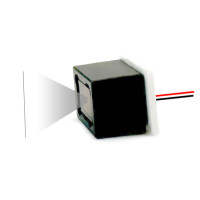
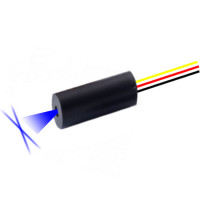

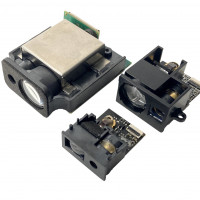
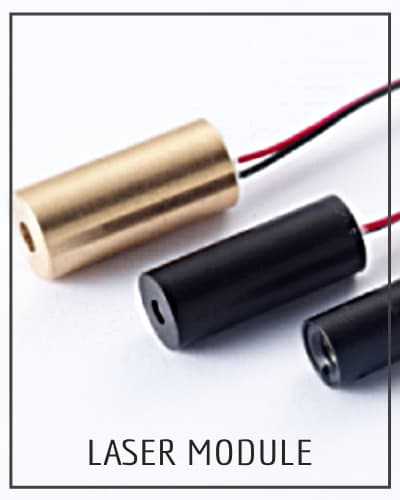
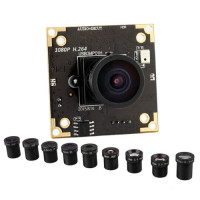
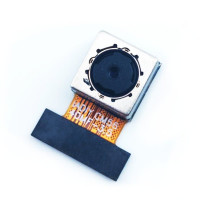
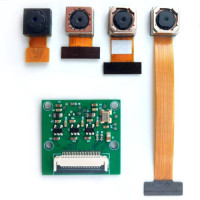
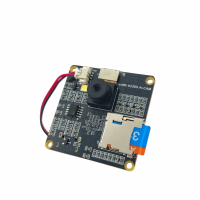
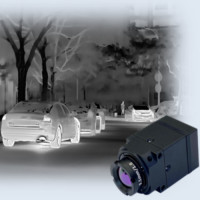
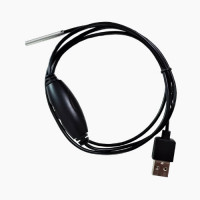
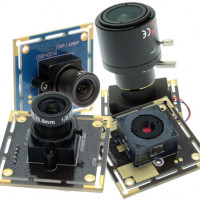
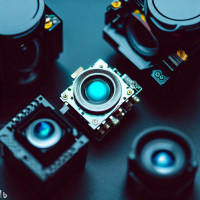


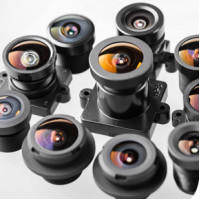
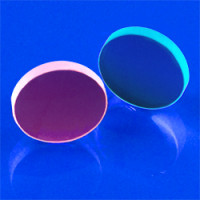

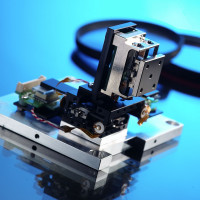

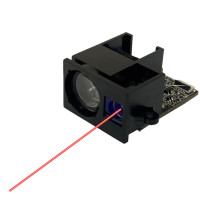
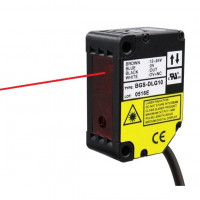
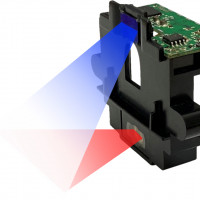
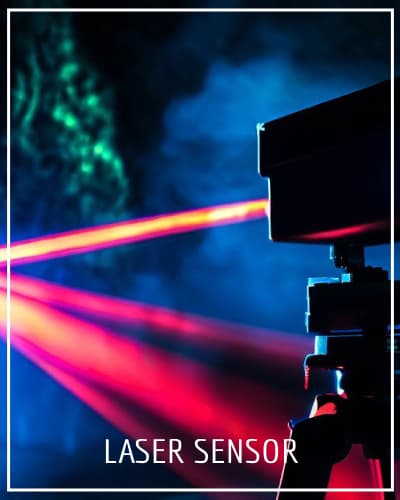
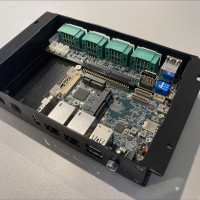
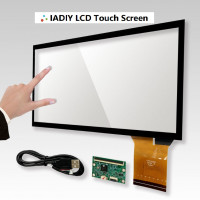
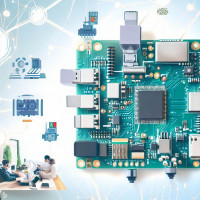
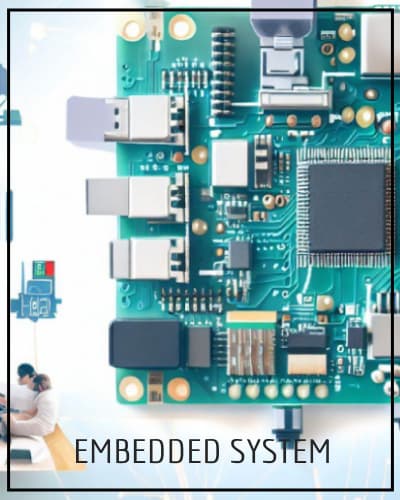

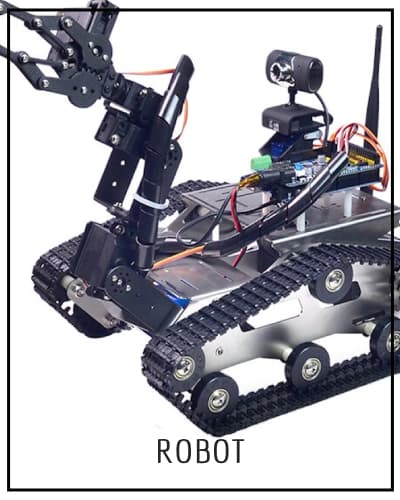
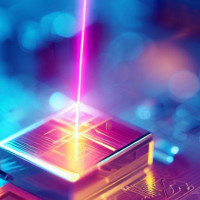


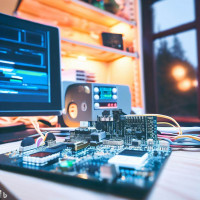


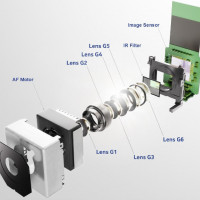

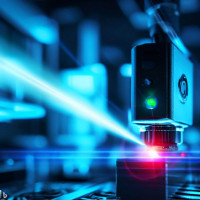

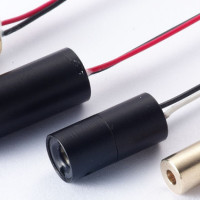

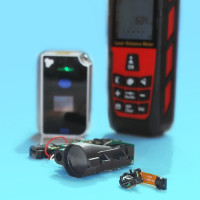

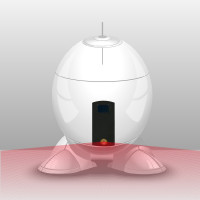



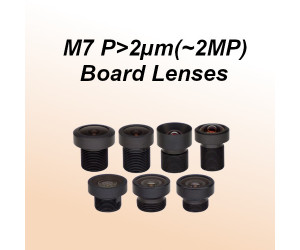
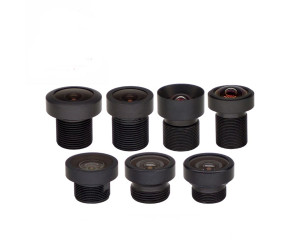
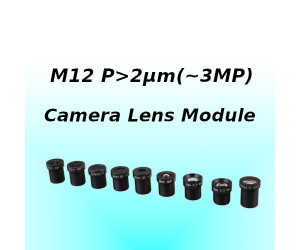
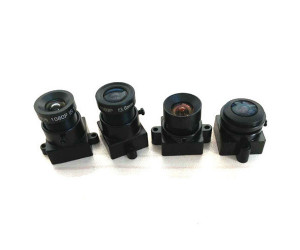
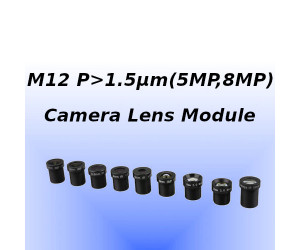

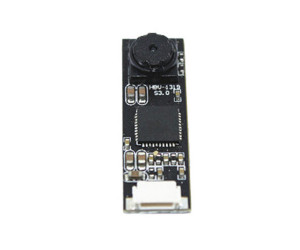
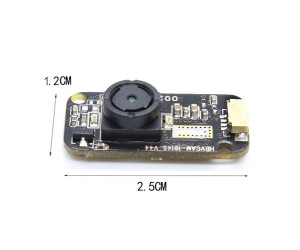
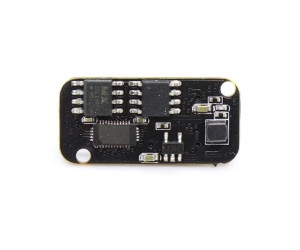
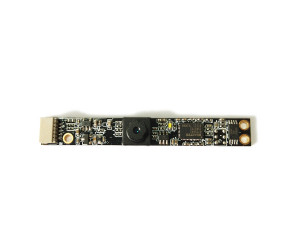
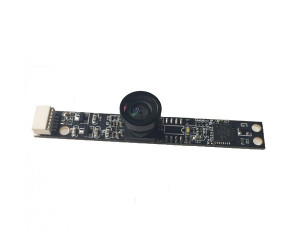
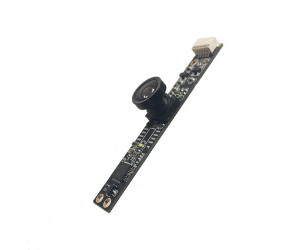
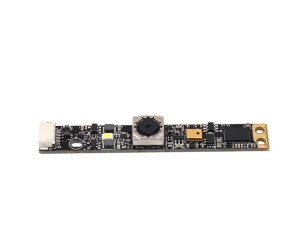
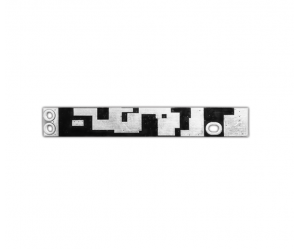

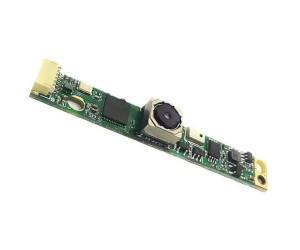
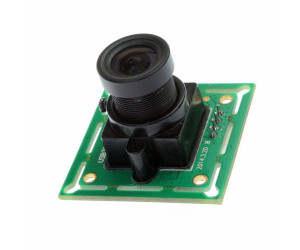
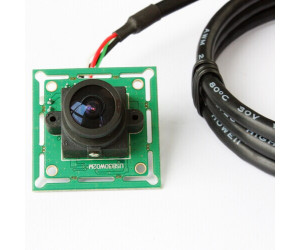
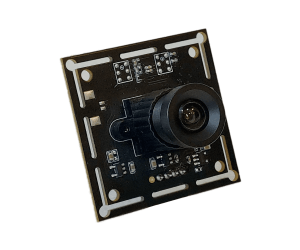
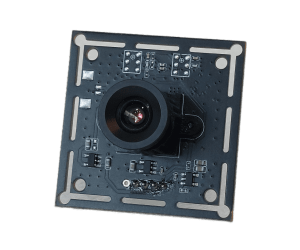
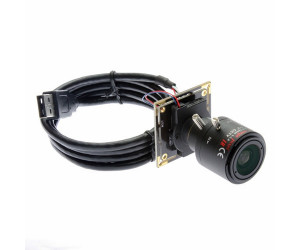
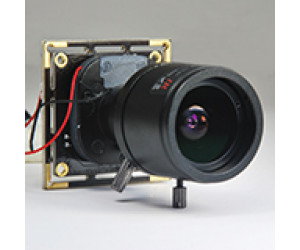
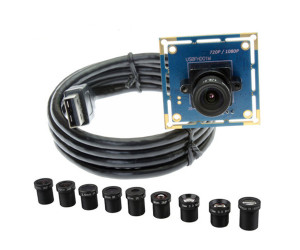
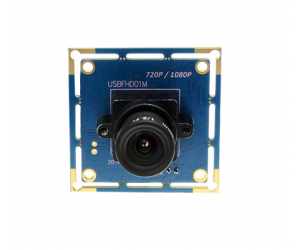


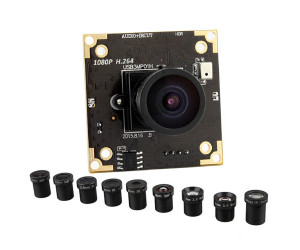
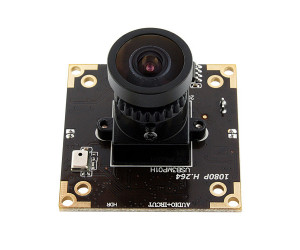
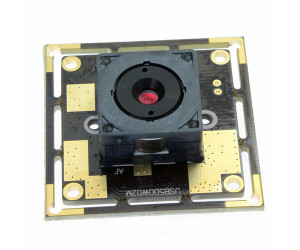
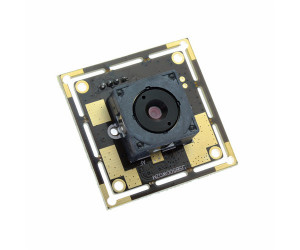
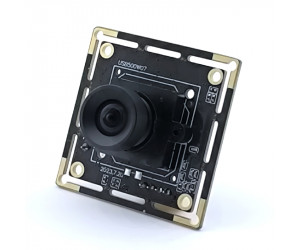
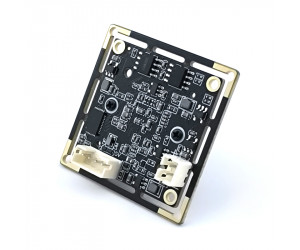
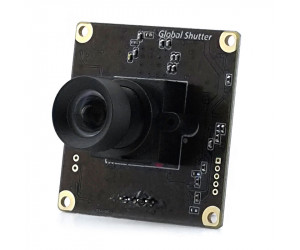

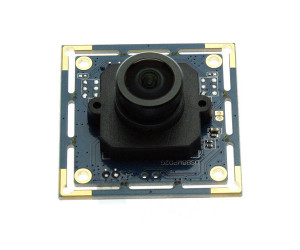
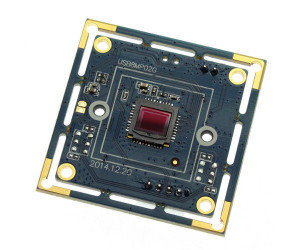
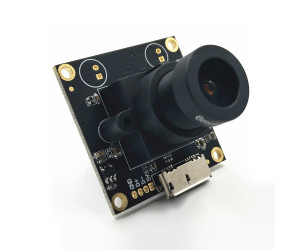
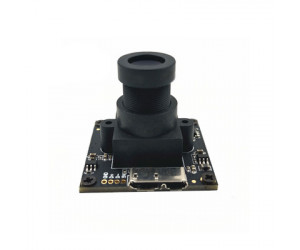
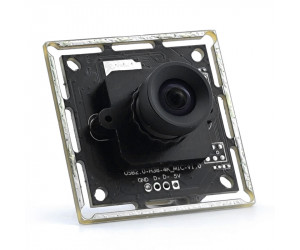
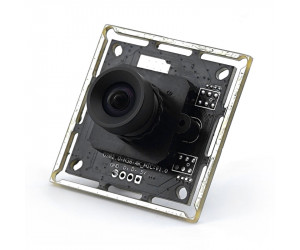
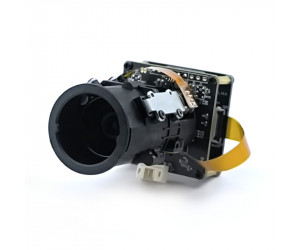


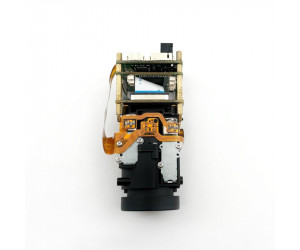
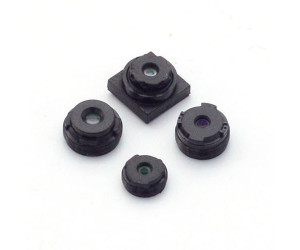
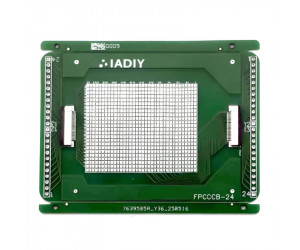
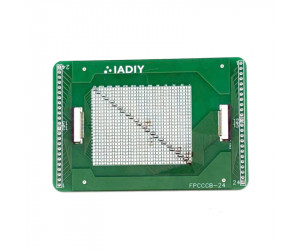
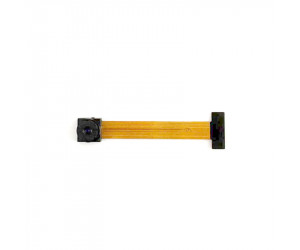

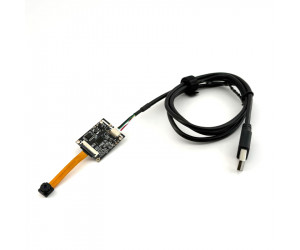
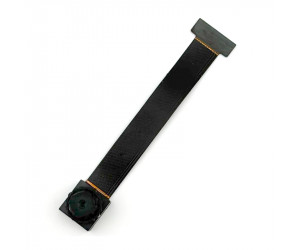
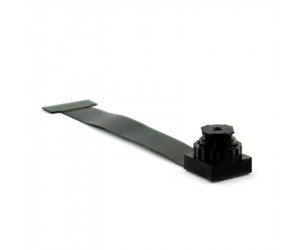
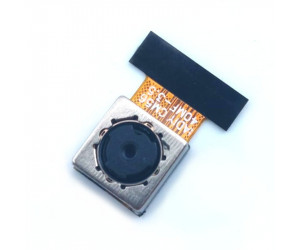
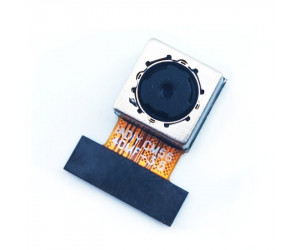
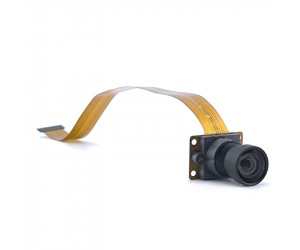
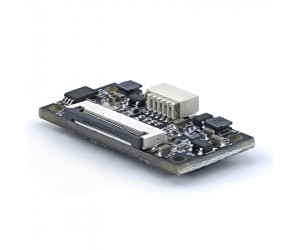
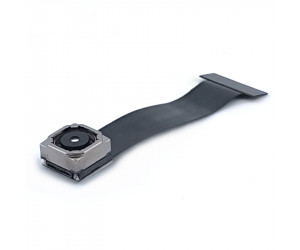
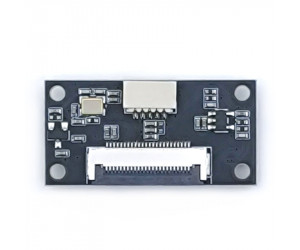
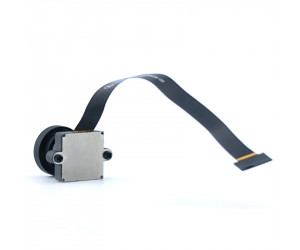
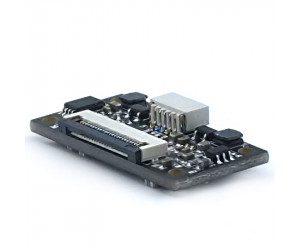
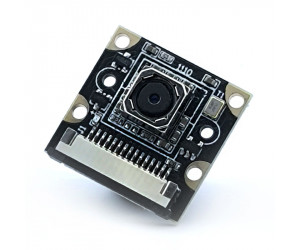
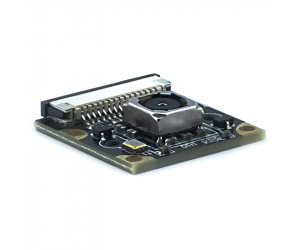

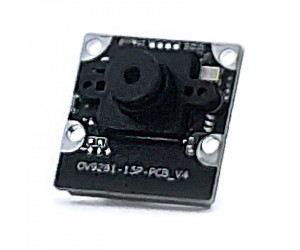
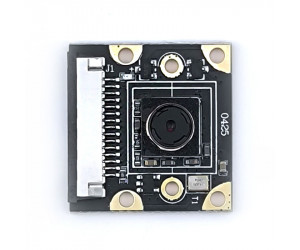
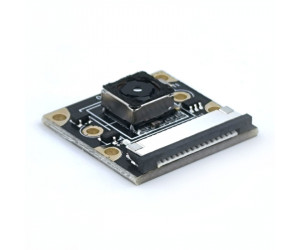
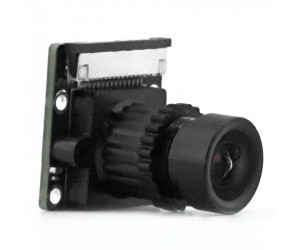
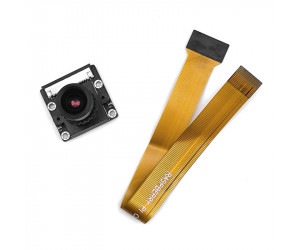
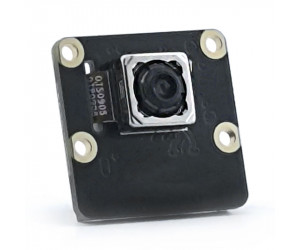
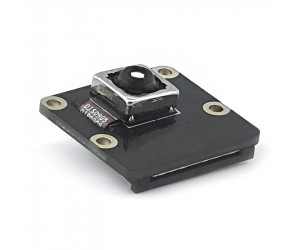
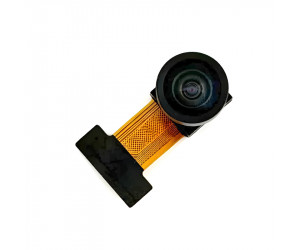
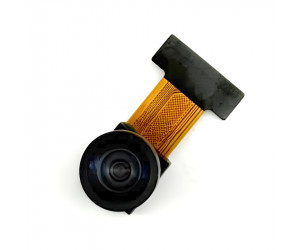
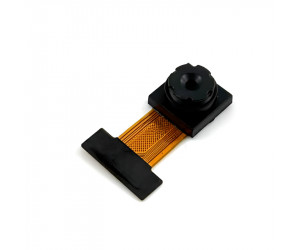
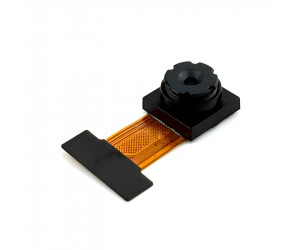
-300x250h.jpg)

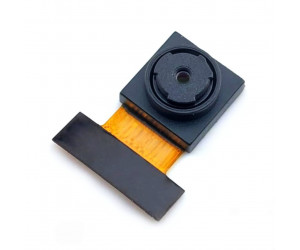
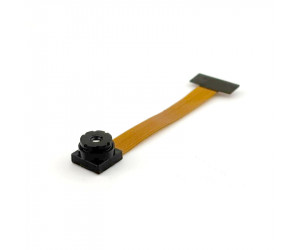
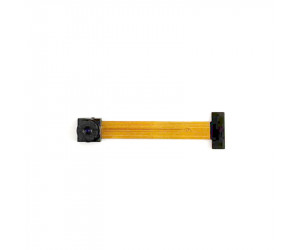
5 Comment(s)
I will right away grasp your rss as I can’t to find your e-mail subscription link or newsletter service. Do you’ve any? Kindly allow me realize in order that I may just subscribe. Thanks.
It's very straightforward to find out any matter on web as compared to textbooks, as I found this piece of writing at this web site.
It's very straightforward to find out any topic on net as compared to books, as I found this paragraph at this web site.
I just like the helpful information you supply on your articles. I'll bookmark your weblog and check again here regularly. I'm slightly certain I'll be told plenty of new stuff proper here! Good luck for the next!
You have made some good points there. I checked on the net to find out more about the issue and found most individuals will go along with your views on this site.
Leave a Comment